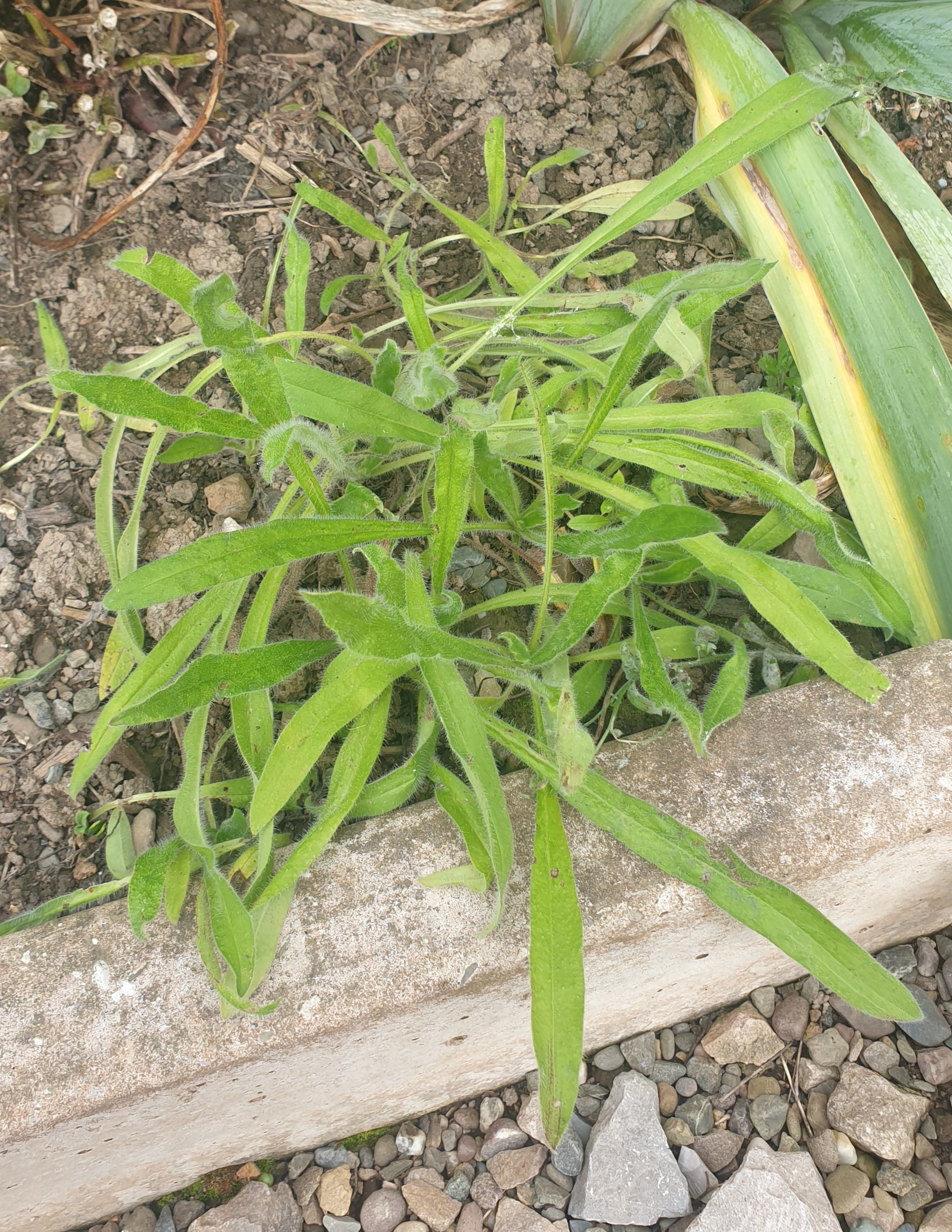What are Biennial plants and why should you grow them?
Gardeners of all experience levels have probably been faced with the question, "What are biennial plants?" Read on to find out what they are, how to grow them and see examples that you can grow in your garden.
What are Biennials?
Biennials are plants that take two seasons to grow and produce flowers. The first year is spent developing a strong root system and building up energy reserves in order to bloom in the second season. It is easy to make sure that you have your biennial plants in flower every year. First either sow seed and grow the plants on, planting them where you want them to flower in the autumn or early spring. Let them flower and set seed. New plants will grow and flower the following year. Here are a couple of examples of plants growing and waiting for next year to flower:
Foxglove - here they are growing in the rockery - they have self-seeded themselves there. In the autumn or early spring I will move them to where I want them to flower:

Vipers Bugloss - again these are not growing where I want them to flower so I will move then to a better position.

Why should you grow biennial plants?
Biennial flowers include some of the most iconic and well loved cottage garden flowers like Hollyhocks and Foxgloves. Plants that no cottage garden should be without. They are easy to grow from seed which makes them very economical now that pot grown plants from nurseries and garden centres are so expensive.
How to sow biennial plants
Sowing biennial plants is really easy. They are best sown from late spring (April/May) to early summer (July). There are several ways in which you can do this:
- Scatter the seed in the borders where you want the plants to flower. As the seeds germinate and grow, leave the plants until the autumn (October/November) or early spring (March) before moving them to where you want them to flower. This works especially well for many flowers such as foxgloves, forget-me-nots and hollyhocks.
- Find a clear spot in your bed/border and make a drill about a quarter of an inch deep. Thinly slow the seed in the drill and cover with soil. Thin the seeds out as they grow to give the plants enough room to grow, then plant them out in the autumn or early spring where you want them to flower.
- Take a seed tray, fill it will seed compost (preferably organic and peat free), sow the seed thinly, then cover with a thin layer of compost. Water and leave to germinate in a cold frame or cool greenhouse. Prick out the seedlings into pots and let then grow. Keep the pots in the cold frame or cool greenhouse. In the autumn or early spring, plant out where you want the plants to flower.
Examples of biennial plants
Watch this video to see some of the best biennial plants for a cottage garden:
Conclusion
Biennials are plants that take two years to complete their life cycle, and they offer a variety of benefits in your garden. They can be easily grown from seed which makes them an excellent choice for those who wish to reduce the cost of buying plants. If you haven't considered growing any before now, I hope this post has given you some new ideas about what biennial plants might add to your garden! Do you currently grow any? What kind of biennial would you like to grow in your garden?
